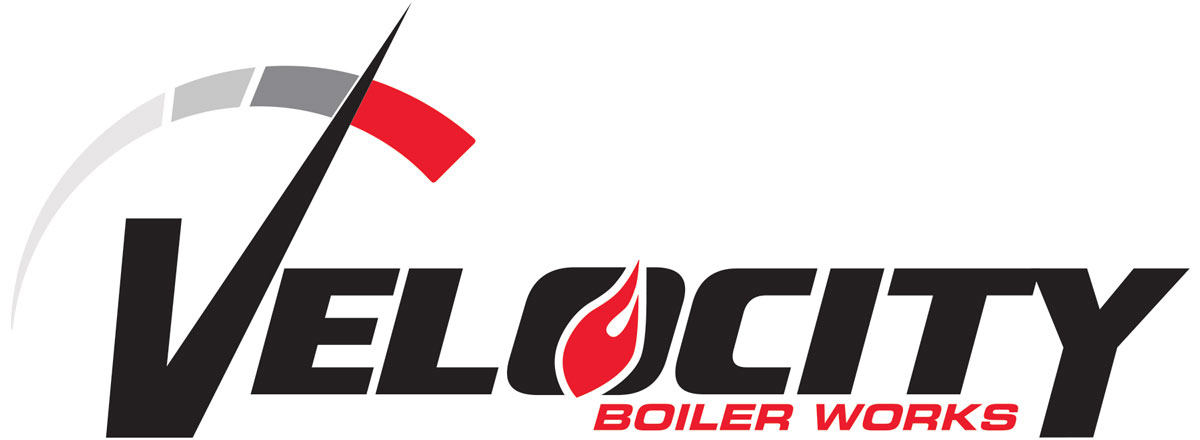Preparing Equipment for Colder Weather
As summer comes to an end, many homeowners are preparing to get the kids back to school, squeeze in that last trip down the shore and plan the Labor Day BBQ. The last thing on their minds is their heating system, and whether or not it’s ready to keep them warm as the weather gets cooler. Depending on the type of system they have, the needs and procedure may differ, but every piece of equipment needs maintenance and service.
In this article, we will review the different types of boilers and the maintenance and service they require.
Oil Boilers
For those that have oil heat, annual servicing is normal and necessary. Oil boilers need to be serviced to ensure they are firing safely, cleanly and efficiently. During the service call, you should change the oil filter, check the pump pressure, change the nozzle and adjust the air/band settings to have the burner performing at an optimal level.
Other components need to be checked as well. Many systems have a low water cut off (LWCO), which is a device that prevents the burner from operating if there is not enough water in the system. All systems have a limit control (usually an aquastat) that turns the burner on and off based on the temperature setting.
Here is a common checklist for an oil boiler:
- Turn off electrical power and oil supply to the boiler. Unplug burner disconnect.
- Clean the boiler as follows:
- Open burner door/remove burner.
- Remove smoke piping and boiler jacketing as needed (pin style boilers).
- Remove flue collector (pin style boilers).
- Using a boiler brush, brush down each one of the sections taking care not to hit the refractory blanket or rear target wall.
- Vacuum all soot from combustion chamber
- Once the boiler is cleaned, replace any damaged or worn refractory as needed. Reassemble boiler and connect all smoke pipe to the chimney.
- With the boiler back together, perform a combustion test to make sure the burner is running within manufacturer specs.
- For specific burner service, refer to the manufacturer.
Gas Cast Iron Boilers (Atmospheric)
These boilers are often neglected until someone is left sitting in a cold room that should be warm. While a natural gas boiler does not always require extensive cleaning like an oil boiler, they do have wear and tear items that can leave you in the cold.
Many of the older gas boilers were stand pilot (production ended on this type of boiler in 2012 to meet new energy standards). For these products, a standard 36” thermocouple could fix almost any boiler, now with the spark ignition and flame sensors. You’ll need the correct parts for that exact boiler. Many of the same controls and safeties for oil boilers apply to natural gas boilers. They will have a low water cut off (LWCO) limit controls, and either an aquastat or an integrated boiler control.
Natural gas atmospheric boilers also have two other safeties:
- The blocked vent switch. This protects from – you guessed it – a blocked vent! It is a resettable switch found near the draft hood of the boiler. If this switch has tripped, it is time to pull the clean-out cap to remove debris in the chimney. Once the debris or obstruction is removed, reset the switch and verify the draft.
- The roll out switch. This is not resettable; it is one and done. When this switch is tripped, flame has left the burner box, usually due to a dirty or blocked heat exchanger.
The service procedure for an atmospheric gas boiler is as follows:
- Turn off electrical power and gas supply to the boiler.
- Inspect the flue passages for signs of blockage. If there is any carbon in the combustion chamber or the flue passages, clean the heat exchanger before proceeding. See the cleaning procedure below.
- Remove all burners, noting the location of the pilot main burner. If burners show signs of deterioration, they should be replaced (some discoloration around the burner ports is normal). Clean the burners by first brushing the ports with a soft bristle brush and then vacuuming out any debris through the vent opening.
- Remove any debris found in the combustion chamber, being careful not to disturb combustion chamber insulation.
- Inspect the pilot assembly. Clean any deposits found on the electrode and grounding strap. The ideal gap between the electrode and the ground strap is 1/8”. Inspect the porcelain for cracks or other deterioration. Replace the pilot assembly if deterioration is found.
- Inspect the ignition cable insulation for cracks or other deterioration. If deterioration is found, replace the cable.
- Reinstall burners, being careful to put the pilot main burner in its original location.
- Inspect all boiler wiring for loose connections or deterioration.
- Inspect the vent system:
- Make sure that the vent system is free of obstructions.
- Make sure that all vent system supports are intact.
- Inspect joints for signs of condensate or flue gas leakage.
- Inspect venting components for corrosion or other deterioration.
- Replace any defective vent components.
Condensing Boilers
Condensing boilers became popular in the early to mid-2000’s, offering higher efficiencies (90% plus) than standard gas-fired options (78% to 85%). With increased efficiency, the maintenance also increases. These units have combustion blower assemblies, pre-mixed burners, negative pressure gas valves, condensate sumps and traps; supply, return and flue gas sensors to monitor the operation of the unit, and a microprocessor-based control platform.
Annual maintenance is a must for these pieces of equipment to run efficiently. In this category, there are three common types of heat exchangers:
- Aluminum. First on the market and requires annual cleaning to keep flue passages clear of debris from both the products of combustion and condensate.
- Water Tube. By far one of the easiest to service and clean with a fully removable burner door and “coiled” heat exchanger that can be brushed clean with a mild cleaning solution.
- Fire Tube (vertical). At one time, some professionals believed this to be a “self-cleaning” option, but it does need to be cleaned annually to remove products of combustion from the tube sheet. This is done with water or a mild cleaning solution. To clean the tube sheet, a long zip tie or piece of weed-whacker string works best.
The service procedure for a condensing gas boiler is as follows:
- Turn off gas and electrical supply to the unit.
- Remove and inspect the flame sensor/ignitor. Clean as needed. The color of these items can tell you how the unit is running.
- Red: Recirculating flue gasses
- White: Unit is running lean
- Black: Unit is running rich
- Remove blower assembly/burner door to access heat exchanger, inspect the gaskets and replace as needed.
- Clean heat exchanger following the procedure for unit.
- Empty and clean the condensate trap as there may be sand-like debris in this from the products of combustion.
- Check all sensors to make sure readings are in range. Most sensors are on a 10k ohm scale. Check the manual for the sensor charts.
- Check the safety controls (LWCO/Pressure Switch/Flow Switch).
- Reassemble the unit and perform a combustion test to ensure the burner is within the proper range as listed in the manual.
The service procedures are similar for a majority of the equipment. Some may require a special cleaning tool or solution. With proper maintenance, your boiler can provide years of worry-free operation.
If you have any questions or need to speak with our technical services department please contact us at (215) 535-8900 or techsupport@velocityboilerworks.com.

